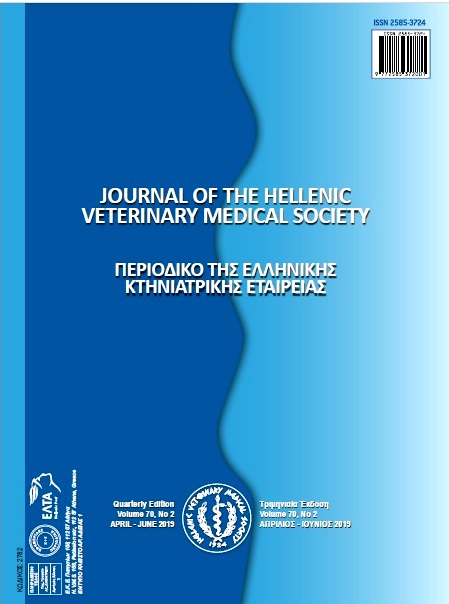Physicochemical, Technological and Sensory Properties of Chicken Meatballs Processed with Dietary Fibers
Abstract
In this study, raw chicken meatball samples were incorporated with apple, lemon and pea fibers at different concentrations (0, 4, 8 and 12%). Their physicochemical properties were evaluated at different refrigerated storage time spots (1st, 5th and 10th days) while the fried samples were investigated with respect to their color, technological and sensory properties. The results revealed that the physicochemical properties of raw samples were significantly (P <0.05) affected by fiber type and concentration within the storage periods while color, technological and sensory properties of the fried samples were also significantly changed (P <0.05) according to the fiber type and concentration. Thiobarbutiric acid reactive substance values of raw samples incorporated with the fibers were observed to be lower than those of the control samples at the end of the storage period, indicating that fiber addition could delay lipid oxidation increasing their storage stability. Fiber addition affected the brightness (L* values), redness (a* values) and yellowness (b* values) of both the raw and fried samples. Regarding technological properties of the fried samples, fiber addition generally increased (P <0.05) frying yield, and moisture retention values up to 4%, followed by a decrease at further concentrations. Meatball diameter decreased by addition at level of 4% for all fiber types, but further increase in the fiber concentration did not decrease these values. The maximum fat retention was observed in the fried samples incorporated with the apple and lemon fibers at 12 % concentration. Sensory properties were affected by fiber concentration up to 8%, which constituted the highest tolerated concentration. As a result, fiber addition positively affected the physicochemical and technological properties of the meatballs, but this affect was strongly related to the fiber type and its concentration.
Article Details
- Zitationsvorschlag
-
KILINCCEKER, O., & TAHSIN YILMAZ, M. (2019). Physicochemical, Technological and Sensory Properties of Chicken Meatballs Processed with Dietary Fibers. Journal of the Hellenic Veterinary Medical Society, 70(2), 1525–1532. https://doi.org/10.12681/jhvms.20858
- Ausgabe
- Bd. 70 Nr. 2 (2019)
- Rubrik
- Research Articles

Dieses Werk steht unter der Lizenz Creative Commons Namensnennung - Nicht-kommerziell 4.0 International.
Authors who publish with this journal agree to the following terms:
· Authors retain copyright and grant the journal right of first publication with the work simultaneously licensed under a Creative Commons Attribution Non-Commercial License that allows others to share the work with an acknowledgement of the work's authorship and initial publication in this journal.
· Authors are able to enter into separate, additional contractual arrangements for the non-exclusive distribution of the journal's published version of the work (e.g. post it to an institutional repository or publish it in a book), with an acknowledgement of its initial publication in this journal.
· Authors are permitted and encouraged to post their work online (preferably in institutional repositories or on their website) prior to and during the submission process, as it can lead to productive exchanges, as well as earlier and greater citation of published work.



